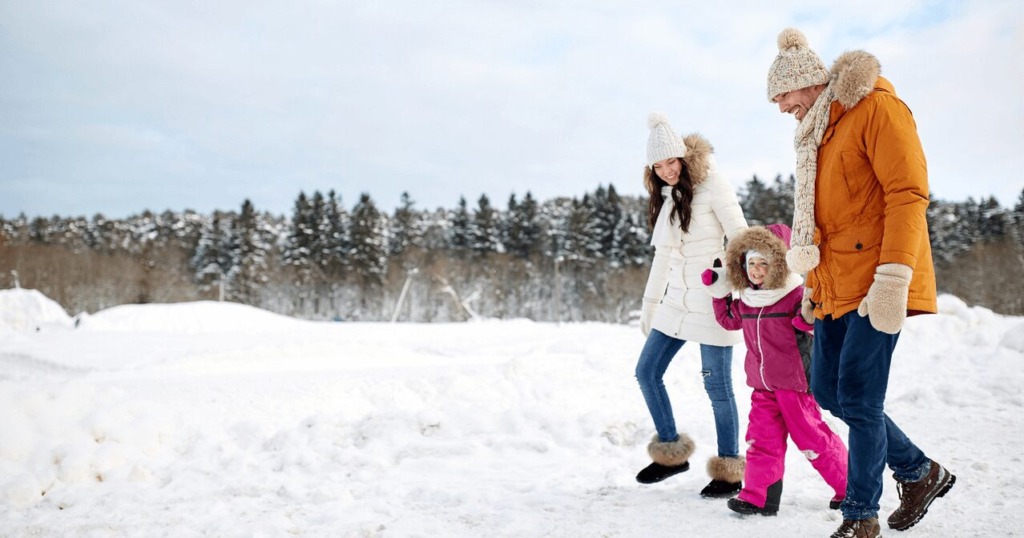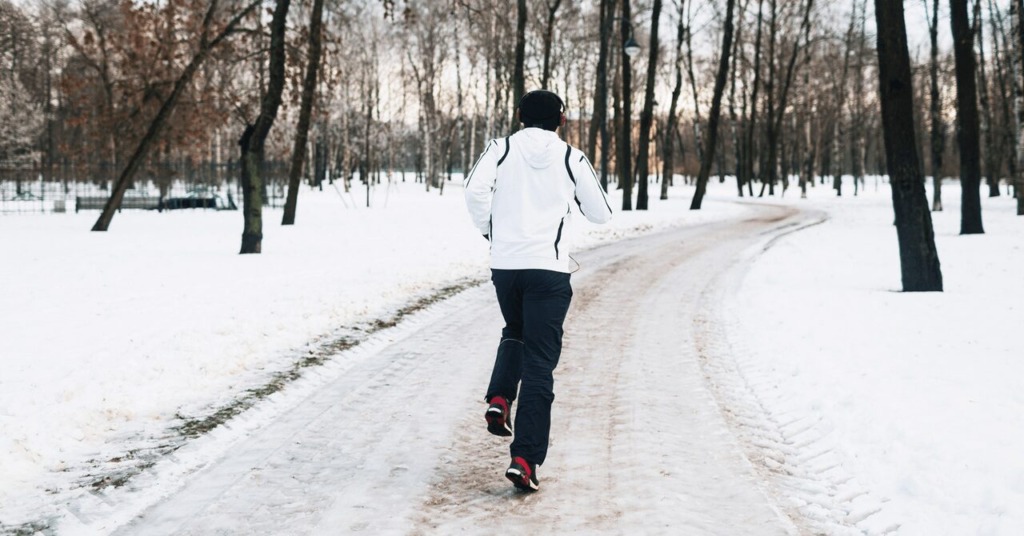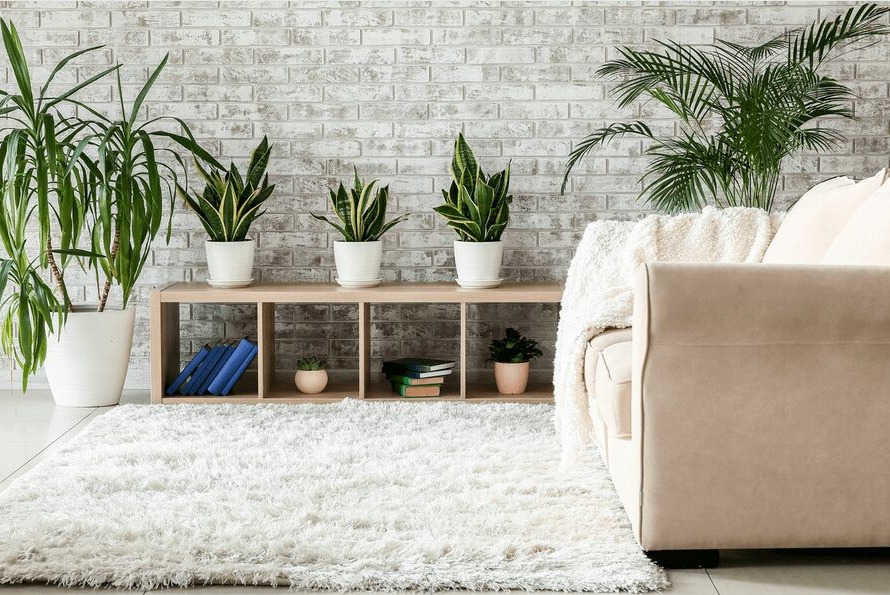Yellowknife’s winters are a captivating blend of breathtaking beauty and formidable challenges, offering snow-blanketed landscapes and the mesmerizing Northern Lights—but also extreme cold and unique obstacles. This article aims to provide comprehensive guidance on how to prepare for and thrive during the harsh winter months in Yellowknife. Whether you are a new resident, a renter, or someone unfamiliar with northern winters, this guide is designed to help you make the most of your time in this unique part of the world. With the right preparation and mindset, you can embrace the season’s splendour and tackle the colder months with confidence.
Understanding The Yellowknife Winter Climate
Overview of Yellowknife Winter Conditions
Average Temperatures: Expect temperatures to often drop below -30°C, with wind chills making it feel even colder. This severe cold can be shocking for newcomers, requiring serious adjustments in daily routines and preparations. Dressing warmly and in layers is crucial to staying comfortable and safe outdoors.
Duration of Winter: Winter typically spans from October to April, with snow possible even in May. This extended period requires proper planning and foresight, especially for those new to Yellowknife’s climatic extremes. Stocking up on winter essentials and planning indoor activities can help manage the long winter months effectively.
Unique Weather Phenomena
Reduced Daylight Hours: In the depths of winter, daylight can be as short as four hours. This lack of sunlight can affect mood and energy levels, making it important to seek out sources of light and maintain a routine that supports well-being.
Wind Chill Factors: Understanding how wind speed and temperature combine to affect exposed skin is essential. The wind chill can significantly increase the risk of frostbite and hypothermia, emphasizing the importance of proper clothing and awareness when venturing outside.
Preparing Your Rental Home for Yellowknife Winter
Heating Systems
Know Your System: Understand whether your heating is electric, oil, or gas, and familiarize yourself with how to operate it efficiently.
Thermostat Use: Programmable thermostats can help manage energy use by adjusting temperatures according to your schedule, enhancing comfort while reducing energy costs.
Emergency Supplies
Stock Up: Keep a supply of non-perishable food, bottled water, and essential medications readily available.
Power Outage Preparedness: Equip your home with flashlights and extra batteries, along with candles and matches, to ensure you’re prepared for unexpected power outages.
Preventing Frozen Pipes
Keep your home heated, even when you’re away, to prevent pipes from freezing—and potentially bursting—during frigid conditions. Additionally, do not leave windows open during the winter. If you’re going away for an extended period, consider asking a trusted friend or neighbour to check on your home periodically.
Ventilation and Indoor Air Quality
Humidity Levels: Use humidifiers to add moisture to dry indoor air, helping to maintain comfortable humidity levels and keep skin and respiratory passages from drying out.
Air Circulation: Ensure vents are unobstructed and clean, promoting good airflow and maintaining indoor air quality during the months when windows remain shut.
Dressing for the Arctic Climate

Layering Techniques
Base Layer: Start with moisture-wicking materials such as merino wool or synthetic fabrics. These help keep your skin dry by drawing sweat away, which is essential for maintaining warmth.
Middle Layer: Use insulating materials like fleece or down to trap body heat. This layer provides essential warmth and is crucial for regulating temperature as you move between different environments.
Outer Layer: Choose waterproof and windproof shells to protect against the elements. This outermost layer should guard against snow, wind, and moisture, ensuring you stay dry and comfortable.
Essential Yellowknife Winter Clothing Items
Parkas: Invest in a high-quality, insulated parka rated for extreme cold. This is your primary defence against harsh winter conditions, and quality is key to enduring the cold comfortably.
Boots: Opt for waterproof, insulated boots with good traction. Proper footwear is vital to avoid slips and ensure warmth for your feet.
Accessories: Equip yourself with thermal gloves or mittens, hats that cover the ears, neck warmers, and balaclavas to shield your extremities against the biting cold.
Protecting Extremities
Socks: Wear wool or thermal socks, and consider using sock liners for added warmth. Your feet are particularly vulnerable to cold, making proper socks essential.
Hand and Foot Warmers: Utilize disposable or rechargeable warmers for additional heat in your gloves and footwear, especially during prolonged outdoor activities.
Shopping Tips
- Quality over Price: Prioritize items with high durability and superior insulation quality. While these might come at a higher cost, the investment pays off in comfort and longevity.
- Try Before You Buy: Test out items in-store to ensure they fit well and provide the necessary warmth and protection. Avoid purchasing online if possible, as sizing can vary significantly between brands.
Preparing Your Vehicle for Yellowknife Winter
Checklist for Winterizing Your Car
- Engine Block Heaters: Engine block heaters are essential for starting your car in extreme cold conditions. Install one and familiarize yourself with its operation to ensure your vehicle is ready to start reliably during the harshest of Yellowknife’s winter days.
- Fluids Check: Ensuring your vehicle’s fluids are suitable for winter is crucial. Make sure to use winter-grade oil and antifreeze that can withstand sub-zero temperatures, providing optimal performance and protection for your engine during the cold months.
- Battery Health: Cold weather can significantly reduce battery capacity, making it advisable to have a battery with higher cold-cranking amps. Consider having your battery tested and potentially replaced to avoid unexpected failures when the temperature plummets.
- Winter Tires: Investing in quality winter tires with sufficient tread depth is critical for maintaining traction and control on snowy and icy roads. These tires are designed to provide better grip and safety during winter driving conditions.
- Studded Tires: For enhanced traction on icy roads, consider using studded tires. Be sure to check local regulations regarding their use, as there may be restrictions or specific timeframes when they are allowed.
- Emergency Car Kit Essentials: Prepare an emergency car kit with essentials such as blankets, a flashlight, a first-aid kit, jumper cables, a snow shovel, and traction aids like sand or kitty litter. These items can be lifesavers in case of a roadside emergency or being stranded in frigid conditions.
Safe Driving Practices
Driving Techniques
Adopt safe winter driving techniques, such as slow acceleration and braking, and maintain an increased following distance to allow for slip-and-stop distances on icy surfaces. Being cautious and patient can help prevent accidents.
Keep your gas tank at least half full to prevent fuel line freeze-up. This practice ensures that your vehicle is ready to run smoothly and provides a source of heat if you become stuck.
Adapting to Reduced Daylight
Managing Circadian Rhythms
Sleep Hygiene: Ensuring you maintain a consistent sleep schedule is essential for adapting to reduced daylight. Try to go to bed and wake up at the same time every day, even on weekends, to help regulate your body’s internal clock.
Natural Light Exposure: Make the most of available daylight by spending time outdoors whenever possible. Exposure to natural light can help reinforce your circadian rhythms and improve your overall mood and energy levels. Taking a walk during lunch or ensuring your work or home spaces receive plenty of natural light can be beneficial.
Indoor Lighting Solutions
Full-Spectrum Bulbs: Consider using full-spectrum light bulbs in your home to mimic natural sunlight. These bulbs can enhance your mood and increase alertness by providing a more balanced and natural light environment, especially during the long winter months.
Light Therapy Lamps: For those struggling with symptoms of Seasonal Affective Disorder (SAD), light therapy lamps can be an effective treatment. These lamps simulate sunlight and can help alleviate feelings of depression and lethargy related to reduced daylight. It’s important to consult a healthcare professional to determine the right approach and duration of use for your specific needs.
Staying Active and Engaged

Embracing Winter Activities
Outdoor Recreation
Winter presents a fantastic opportunity to embrace a variety of outdoor activities. Consider snowshoeing or cross-country skiing as exhilarating ways to explore snow-covered landscapes and stay fit during the colder months. Ice fishing can also be a rewarding experience, offering both relaxation and a chance to enjoy the serene winter environment. Remember, safety should always be a priority; inform someone of your plans, and always check weather conditions before heading out.
Safety First
Safety precautions are essential when engaging in outdoor winter activities. Always dress appropriately for the weather, in layers that can be adjusted for varying temperatures and activity levels. Additionally, equip yourself with necessary safety gear, such as helmets or personal flotation devices, depending on the activity. Whether you’re venturing onto frozen lakes or traversing snowy paths, ensuring you have a well-charged phone and a basic emergency kit can be a lifesaver in unforeseen situations.
Indoor Recreation Options
Community Centers
For those who prefer staying indoors, community centers offer a wealth of recreational options. Joining a local gym or swimming pool can keep you active all year round. Many centers also host indoor sports leagues, providing opportunities to engage in social activities while building fitness. These settings offer a sense of community and motivation to maintain an active lifestyle.
Hobbies
Indulging in hobbies is a great way to stay mentally engaged during the long winter months. Crafts, such as knitting or woodworking, provide a creative outlet and the satisfaction of producing something tangible. Reading is another excellent avenue for exploration and escapism. Alternatively, enrolling in online courses can help you acquire new skills or enhance your knowledge on topics of interest, all from the comfort of your home.
Socializing
Staying connected with friends and family is vital for mental well-being, especially when outdoor activities are limited by weather conditions. Consider organizing virtual gatherings through video calls for some quality time with loved ones. If feasible, invite friends or family over for intimate gatherings to catch up in person. Maintaining social connections helps combat feelings of isolation and provides an essential support network during the winter season.
Safety Considerations
Recognizing Signs of Frostbite and Hypothermia
Frostbite Symptoms: Be vigilant for signs such as numbness, skin appearing white or grayish-yellow, and a hard or waxy feel on the affected body parts.
Hypothermia Symptoms: Recognize symptoms including persistent shivering, slurred speech, and slow or shallow breathing.
Immediate Actions: If you suspect frostbite or hypothermia, it’s crucial to seek warm shelter and obtain medical attention promptly to prevent further health complications.
Navigating Snow and Ice
Footwear Traction: To enhance safety on icy surfaces, use ice cleats or other traction aids attached to your boots, providing better grip and preventing slips.
Walk Safely: When walking on snow or ice, take small steps and keep your center of gravity directly over your feet to maintain balance and stability.
Fire Safety
Heating Equipment: Ensure that any flammable materials are kept at least three feet away from heating equipment to minimize the risk of accidental fires.
Detectors: Regularly test both smoke and carbon monoxide detectors in your home to ensure they are functioning correctly and providing adequate safety alerts.
Conclusion
Staying healthy and engaged during the Yellowknife winter months involves a conscious effort to manage circadian rhythms, seek out both outdoor and indoor recreational activities, and prioritize safety. By adopting strategies such as maintaining a consistent sleep schedule, exploring winter sports, and embracing hobbies, individuals can enhance their physical, mental, and emotional well-being when daylight is limited. It is equally important to remain vigilant about potential safety hazards, such as frostbite and fire risks, to ensure a secure and enjoyable winter experience. By integrating these practices into your daily life, the winter season can transform from a time of dormancy to one of vitality and connection.
For your perfect rental home in Yellowknife, don’t hesitate to contact Rent In Yellowknife today! Discover the ideal place to settle in this vibrant city, and let us help you embark on an exciting new adventure!



